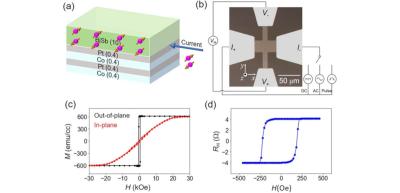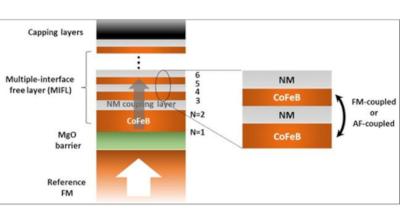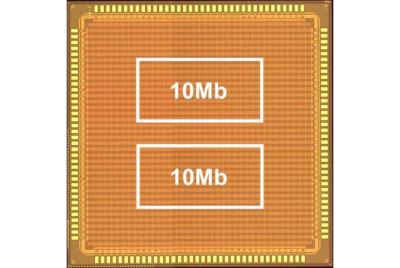Samsung researchers update on the company's 14 nm eMRAM project
Researchers from Samsung will soon present at IEDM 2022 a new research paper that will discuss the company's latest achievements in scaling down its MRAM technology to the company's 14nm FinFET logic process.
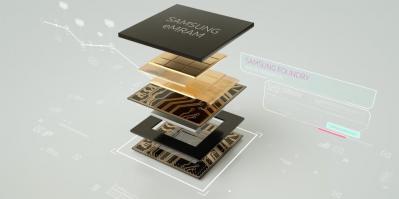
The Samsung researchers produced a stand-alone memory with a write energy requirement of 25 pJ per bit and active power requirements of 14 mW for reading and 27 mW for writing at a 54Mbyte per second data rate. The cycling is 10^14 cycles and when scaled to a 16Mbit device, a chip would occupy 30 square millimeters.
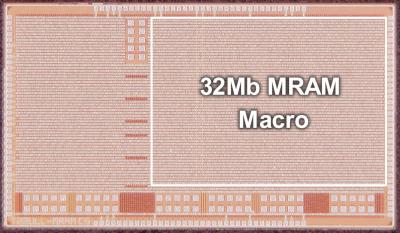
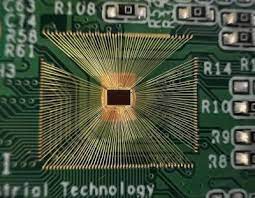
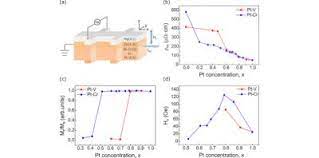 The new device is based on 3d light transition metals (such as V and Cr) that are incorporated into the classical spin Hall metal Pt. The Pt-Cr alloy enhances the charge-to-spin conversion efficiency which can realize high spin-orbital Hall conductivity, beyond the conventional spin Hall limit.
The new device is based on 3d light transition metals (such as V and Cr) that are incorporated into the classical spin Hall metal Pt. The Pt-Cr alloy enhances the charge-to-spin conversion efficiency which can realize high spin-orbital Hall conductivity, beyond the conventional spin Hall limit.